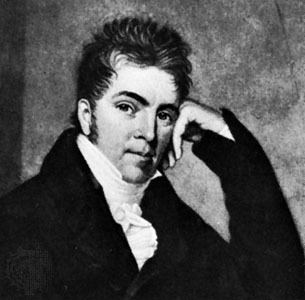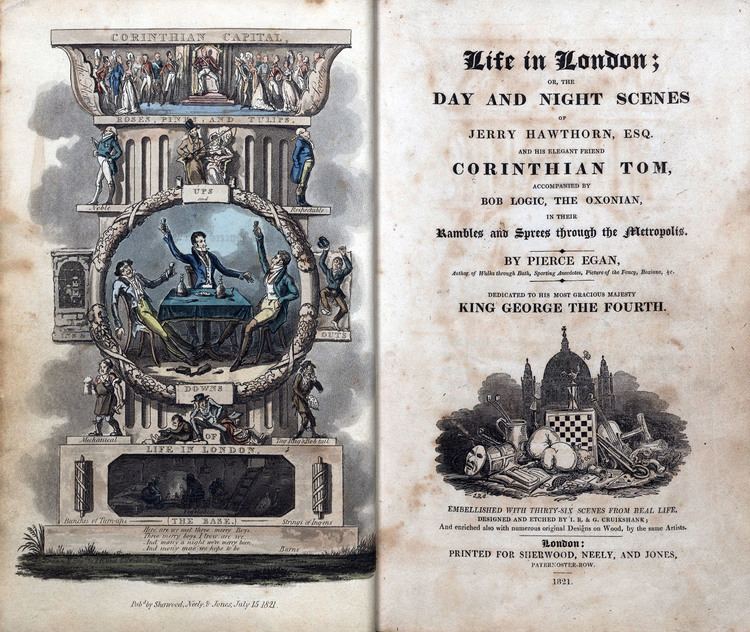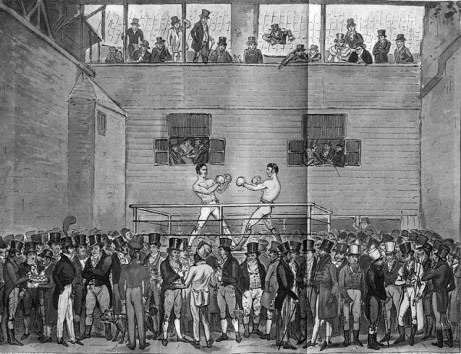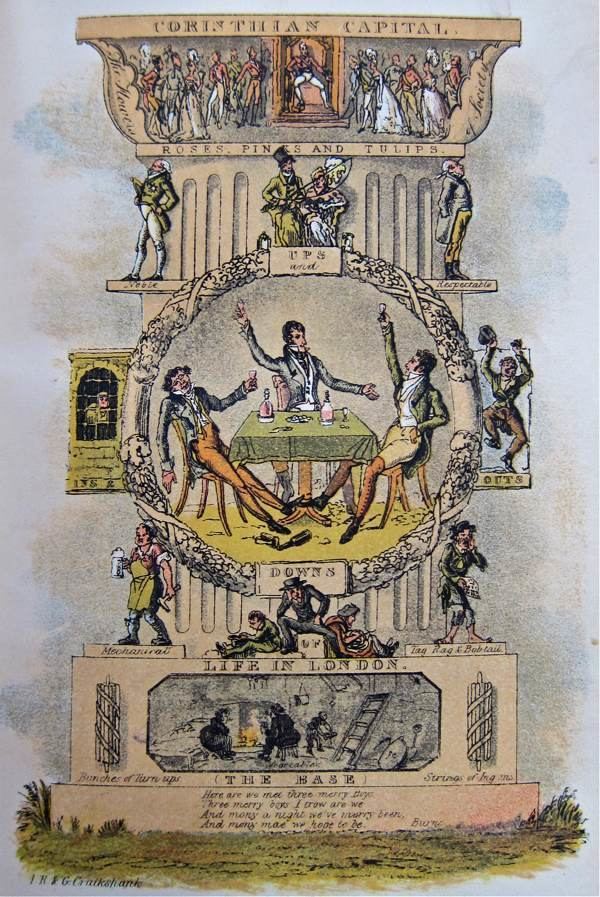Name Pierce Egan Role Journalist | Died August 3, 1849, Islington Children Pierce Egan the Younger | |
 | ||
Books The Life of an Actor, Life in London: Or - The D, Boxiana; Or - Sketches, Boxiana - Or - Sketches, New Series of Boxiana: Being the | ||
Remarks on the antiquity of pugilism by pierce egan
Pierce Egan (1772–1849) was a British journalist, sportswriter, and writer on popular culture.
Contents
- Remarks on the antiquity of pugilism by pierce egan
- Life
- Works
- Influence
- In literature
- Publications
- References

Life

Egan's parents were Irish migrants, but he may have been born in the London area. He went into the printing trade, and was a compositor for George Smeeton in 1812. He established himself as the country's leading reporter of sporting events, which at the time meant mainly prize-fights and horse-races.

It was Egan who first defined boxing as "the sweet science". He is buried in Highgate Cemetery, North London.
Works

Four volumes of Boxiana; or Sketches of Ancient and Modern Pugilism appeared, lavishly illustrated, between 1813 and 1824. Following a dispute with his publisher, Egan was replaced for the fourth Boxiana volume (replaced by 'Jon Bee'), the court permitting Egan continued rights to the title provided he used the New Series prefix. Two volumes of Egan's New Series Boxiana were published in 1828/29. In 1821 Egan announced the publication of a regular journal: Life in London, appearing monthly at a shilling a time. It was to be illustrated by George Cruikshank (1792–1878), and was dedicated to the King, George IV, who at one time had received Egan at court. The first edition of Life in London or, the Day and Night Scenes of Jerry Hawthorn, esq., and his elegant friend, Corinthian Tom, accompanied by Bob Logic, the Oxonian, in their rambles and sprees through the Metropolis appeared on 15 July 1821.

Egan's creation was an instant success. Pirate versions appeared, featuring such figures as 'Bob Tallyho', 'Dick Wildfire' and the like. Print-makers speedily knocked off cuts featuring the various 'stars' and the real-life public flocked to the 'sporting' addresses that Egan had his heroes frequent. There was a translation into French. At least six plays were based on Egan's characters, contributing to yet more sales. One of these was exported to America, launching the Tom and Jerry craze there. The version created by William Thomas Moncrieff was praised as The Beggar's Opera of its day. Moncrieff's production of Tom and Jerry, or Life in London ran continuously at the Adelphi Theatre for two seasons and it was the dramatist's work as much as the author's that did so much to popularise the book's trademark use of fashionable slang. Life in London appeared until 1828, when Egan closed it down.
Egan published a report of the trial of John Thurtell and Joseph Hunt, for the murder of William Weare (the Radlett murder). Thurtell allegedly mentioned, just seven hours before his execution, that among his final wishes was a desire to read Egan's coverage of a recent prizefight. Egan wrote also satirical legal pieces such as The Fancy Tog's Man versus Young Sadboy, the Milling Quaker. In 1824 he launched a new journal, Pierce Egan's Life in London and Sporting Guide, a weekly newspaper priced at eightpence-halfpenny. Other works included sporting anecdotes, theatrical autobiographies, guide-books, and 'fancy ditties'. Among his later efforts, in 1838, was a series of pieces on the delights to be found on and immediately adjacent to the Thames. It was dedicated, with permission, to the young Queen Victoria and featured the illustrative work of his son Pierce Egan the Younger.
In 1823 Egan produced an edition of Francis Grose's Classical Dictionary of the Vulgar Tongue (1785 et seq.), including mainly sporting Regency slang. He also cut the "coarse" and "broad" expressions' which Grose had allowed, and noted the way that some slang terminology, typically rum – once a positive term, but by 1820 generally the reverse – had altered. Don Atyeo wrote in his study of Violence in Sport (1979) that
Boxiana is riddled with "Fancy" slang: '"Ogles" were blackened, "peepers" plunged into darkness, "tripe-shops" received "staggerers", "ivories" were cracked, "domino boxes" shattered, and "claret" flowed in a steady stream.
And as Egan's character Corinthian Tom explains in Life in London,
A kind of cant phraseology is current from one end of the Metropolis to the other, and you will scarcely be able to move a single step, my dear JERRY, without consulting a Slang Dictionary, or having some friend at your elbow to explain the strange expressions which, at every turn, will assail your ear.' Such a dictionary is what Egan offers, hoping in sum that his efforts work 'to improve, and not to degrade mankind; to remove ignorance, and put the UNWARY on their guard; to rouse the sleepy, and to keep them AWAKE; to render those persons who are a little UP, more FLY: and to cause every one to be down to those tricks, manoeuvres and impositions practised in life, which daily cross the paths of both young and old.
Influence
John Camden Hotten brought out a reprint of Life in London in 1869. "Tom and Jerry", the celebrated duo, have been perpetuated in Metro-Goldwyn-Mayer's cartoon cat and mouse, and as the male protagonists of the 1970s' BBC television sitcom The Good Life.
In literature
Pierce Egan was one of the narrators of George MacDonald Fraser's book Black Ajax, about Tom Molineaux and his quest for the heavyweight championship of England. One chapter of the book also featured schoolboy versions of Egan's characters from Life in London.
Publications
Journals:
Books:
Adaptations:
